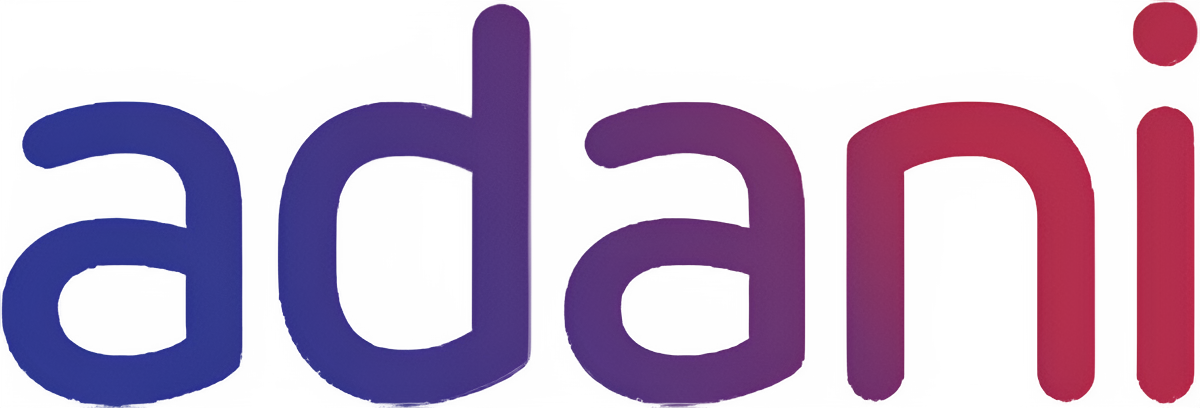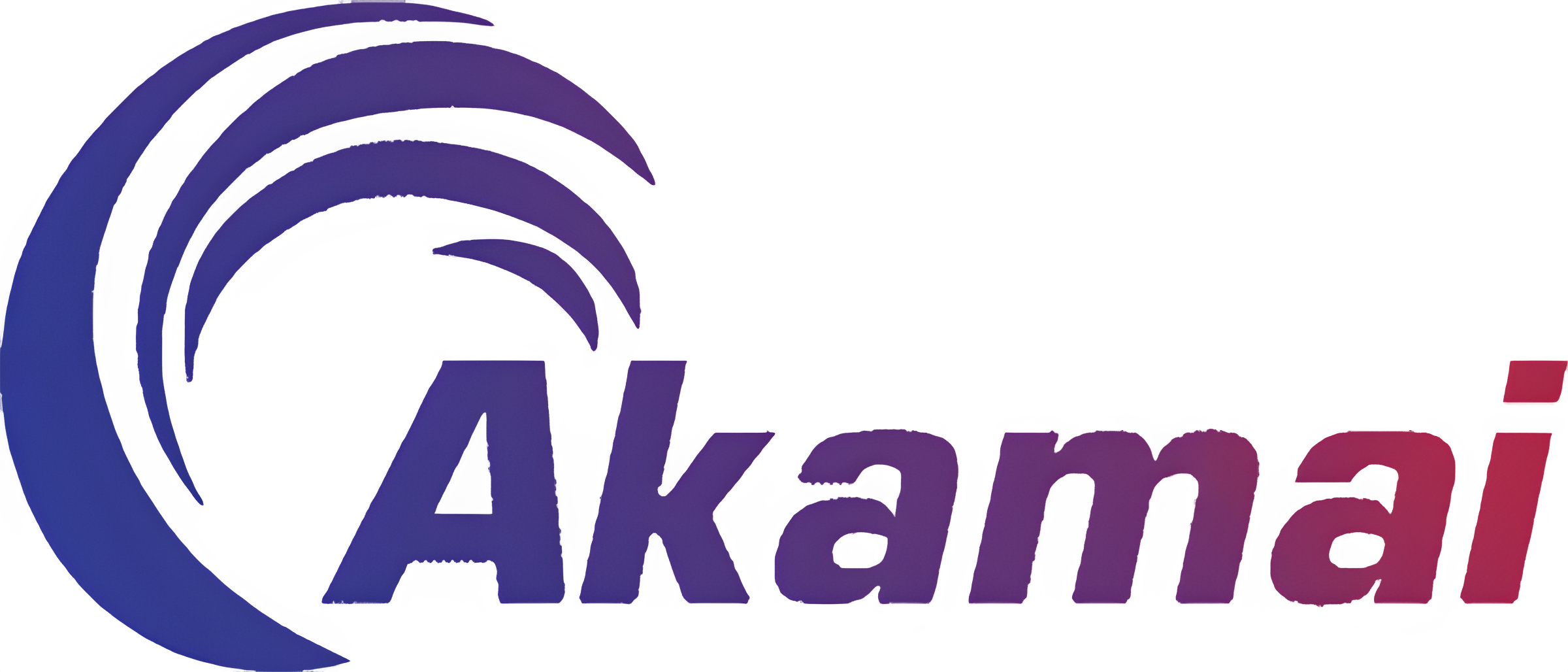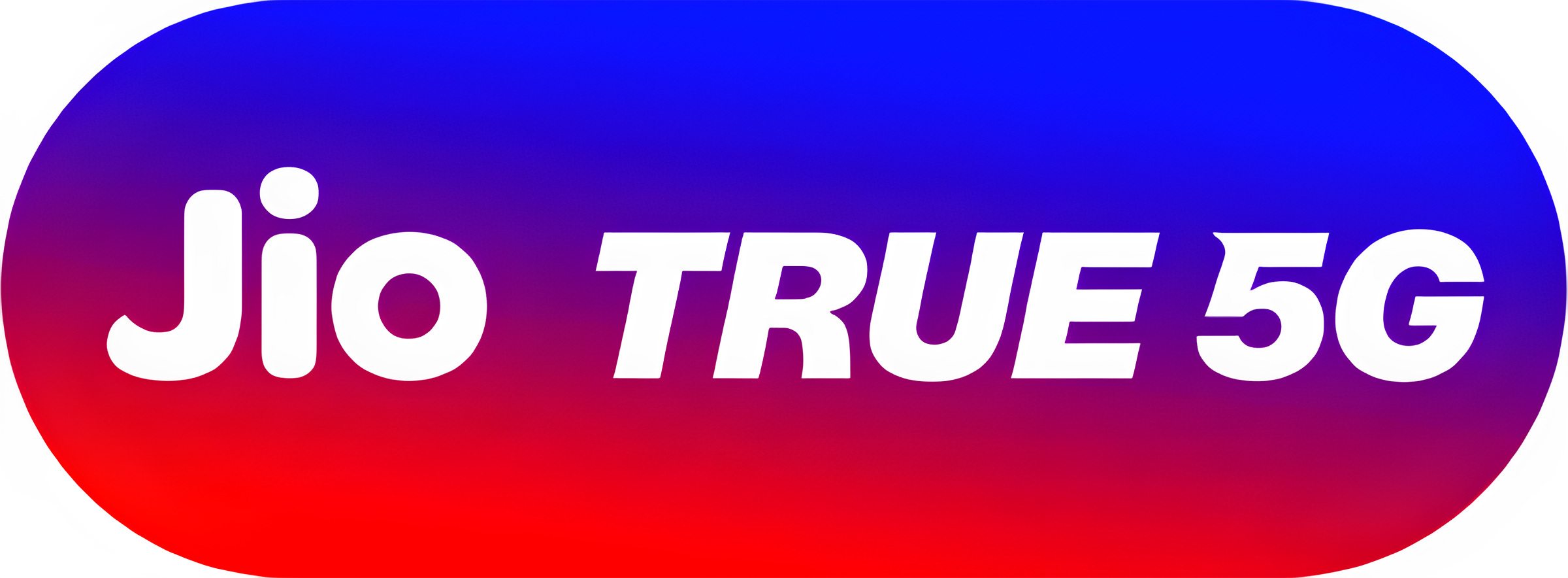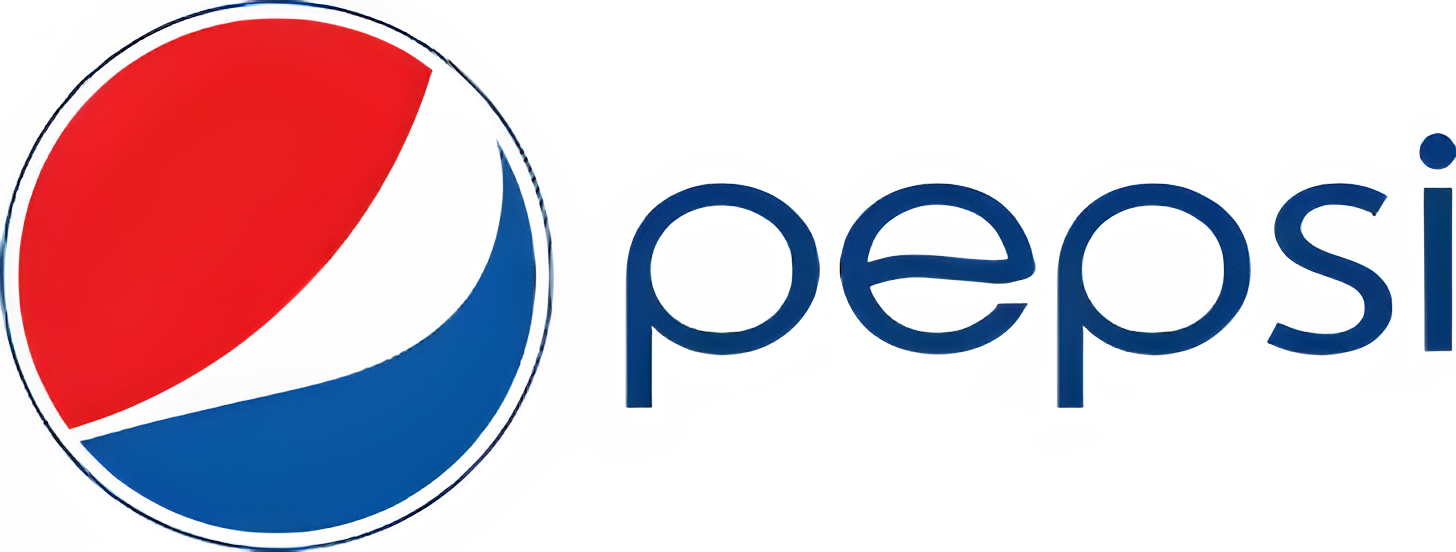How to Build a Caller ID App Like Truecaller: A Comprehensive Guide
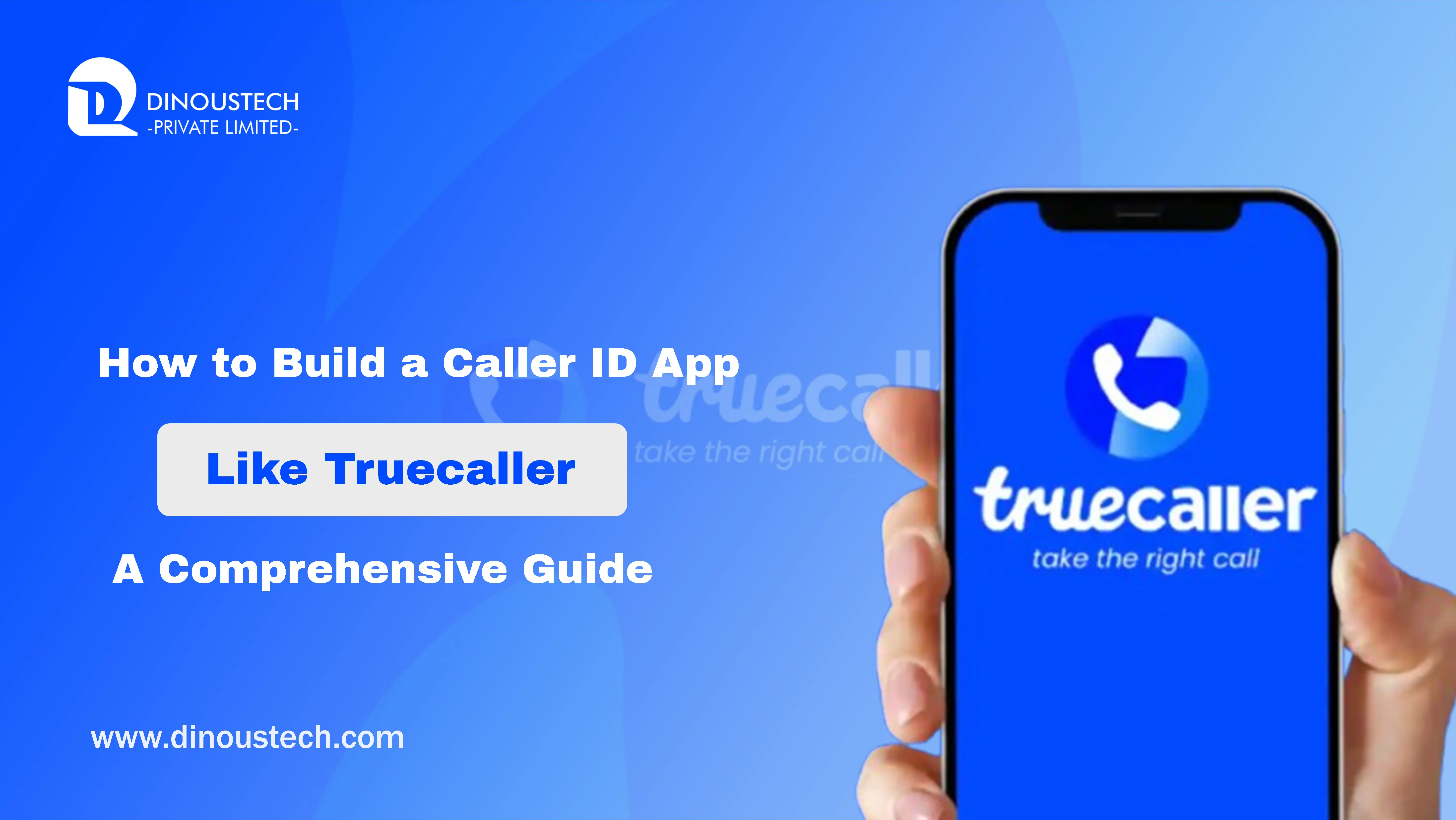
Developing a caller ID app like Truecaller requires careful alignment of market insights, core feature selection, architecture design, and platform strategy to control timelines and budgets. Truecaller, which recently surpassed 450 million monthly active users, demonstrates massive demand for spam detection and caller-name resolution services. Essential features include real-time number lookup, community spam reporting, call blocking, and seamless contact integration, all built on a scalable microservices back end with low-latency data pipelines. A balanced front-end approach leverages cross-platform frameworks (React Native/Flutter) to reduce duplication, while native modules handle telephony APIs distinctively on each OS. Key decisions hinge on iOS Vs Android app development: Android allows deeper call-log access for spam filtering, whereas iOS CallKit extensions face stricter sandboxing and lookup-rate limits. Initial development costs for a basic truecaller clone app development MVP start around $10,000–$25,000, scaling to $50,000–$150,000+ for advanced personalization, CRM integration, and analytics dashboards. Ongoing updates, security patches, and content moderation typically add 15–20% of initial costs per year, best managed by an affordable software maintenance company like Dinoustech Private Limited.
Market Landscape and User Demand
The caller ID and spam-blocker segment has exploded in recent years, driven by escalating global volumes of robocalls and phishing attempts. Truecaller alone reported over 450 million monthly active users as of Q1 2025, up from 430 million in late 2024, underlining trust in crowdsourced number databases and AI-powered filters. In emerging markets such as India and Latin America, where carrier-level spam solutions lag, consumer adoption has been especially strong, with over 57 million new Android users in 2024. Enterprises across banking, e-commerce, and healthcare also seek branded caller-verification tools to improve outreach conversion rates by up to 30% over unverified calls. These trends validate the business case for truecaller clone app development as a high-ROI venture.
Also Read: - Develop Your Own Yoga & Meditation App Like Calm & Headspace
Core Features of a Caller ID App
A successful caller ID app balances essential functionality with performance:
Real-time Number Lookup and Caller Name Resolution is the foundation. When an incoming call arrives, the app must query a local or cloud-cached database within tens of milliseconds to display the caller’s name before the user answers.
Spam and Fraud Detection requires both community-reported blocklists and AI/ML models that classify patterns in call metadata—such as call frequency, call duration, and geolocation—to proactively block likely spam calls.
Call Blocking and Whitelisting allow users to maintain personalized lists, with blocked calls silenced or sent to voicemail automatically. On Android, deep access to call logs via CallScreeningService enables granular control; on iOS, CallKit’s Call Directory extensions permit blocking by number but impose data-upload limits per extension.
Contact Synchronization and Offline Mode let users see names for known contacts even without connectivity and store a subset of the spam database locally for offline identification.
Advanced enhancements include social-profile enrichment (pulling avatars/statuses from linked social networks), call recording (where legally permissible), and reverse lookup via web-based interfaces built by a custom web development company.
Architecture and Technology Stack
Under the hood, a modern truecaller clone app development project uses a microservices architecture deployed on cloud platforms (AWS, Azure, GCP) to handle unpredictable lookup traffic spikes.
- API Gateway: Manages client authentication, rate limiting, and routing to microservices.
- Lookup Service: A low-latency service built in Node.js or Go, backed by NoSQL stores (MongoDB, DynamoDB) optimized for rapid prefix searches and caching with Redis.
- Spam Analytics: Batch and streaming pipelines (Apache Kafka or AWS Kinesis) process millions of call-event logs daily to update spam scores and retrain ML models.
- User Management & Auth: Auth 2.0 flows secure login, with optional social login integrations.
- Admin Portal: A web dashboard—developed by a custom web development company—enables moderation of community reports, usage analytics, and subscription management.
On the client side, cross-platform frameworks such as React Native or Flutter share 70–80% of UI code, while bridging into native modules for telephony APIs—significantly reducing development time and ecommerce app development cost when adding in-app purchases or subscription flows.
👉Must Read: - How to Build an App Like Amazon: Cost & Development Guide
iOS Vs Android App Development
Android Advantages
Android’s open ecosystem allows default caller-ID and spam-app designation, granting full access to call-screening services and SMS metadata for comprehensive blocking. The CallScreeningService API delivers callbacks for each incoming call, letting your app accept, reject, or modify notifications in real time. However, device and OEM fragmentation requires exhaustive testing across varied hardware and Android versions.
iOS Constraints
Apple’s CallKit framework enables integrated VoIP interfaces and basic blocking via Call Directory extensions, but it prohibits live server lookups on every call—limiting identification to “catalog” lists preloaded into the extension. While iOS users convert at higher subscription rates (≈$12.77 per user vs. $6.19 on Android), the sandboxed model demands careful offline-cache strategies and frequent updates to the extension’s blocklist.
Cost Trade-Offs
Implementing separate native apps can raise budgets by 30–40% versus cross-platform approaches. Yet, for a high-performance truecaller clone app development solution, mixing shared UI code with native telephony layers is often the optimal path—balancing speed to market with platform fidelity.
Development Process and Team Composition
- Discovery & UX Research: Workshops to define user personas, map call-flow journeys, and prioritize features.
- UI/UX Design: Wireframes and prototypes adhering to Material Design (Android) and Human Interface Guidelines (iOS) for consistent experience.
- Backend & API Development: Iterative development of microservices, data schemas, and CI/CD pipelines.
- Frontend & Native Modules: Building shared screens and platform-specific telephony integrations.
- QA & Testing: Automated unit, integration, and UI tests, plus manual testing on real devices to catch OEM quirks.
- Beta Release & Feedback: Closed-group testing to refine performance and usability.
- App Store & Play Store Deployment: Compliance checks, metadata optimization, and launch-day monitoring.
An optimal team includes a mobile app development company provided project manager, UX/UI designer, 2–3 cross-platform engineers, 1–2 native specialists, backend engineers, a QA engineer, and a DevOps engineer.
👉Also Read: - Building a Property Rental App Like Airbnb: What You Need to Know
Cost Considerations
Development budgets vary by scope:
- Basic MVP: Real-time lookup, community blocklist, and simple UI—$10,000–$25,000.
- Mid-Tier App: Adds AI spam-scoring, subscription management, and basic admin portal—$25,000–$75,000.
- Enterprise Solution: Includes advanced ML models, voice-recording, detailed analytics dashboards, and CRM integration—$75,000–$150,000+.
Hosting and infrastructure (cloud compute, storage, CDN) typically run $500–$2,000 per month. App Store and Play Store fees (USD 99/year; USD 25 one-time) are modest compared to ongoing operational costs.
Security, Compliance, and Privacy
Handling phone numbers and call metadata demands rigorous security:
- Data Encryption: TLS in transit and AES 256 at rest for all databases.
- Authentication & Authorization: OAuth 2.0 and JWT for API access control.
- Regulatory Compliance: GDPR, CCPA, and local telecom regulations require user consent flows and data-retention policies.
- Penetration Testing & Audits: Quarterly security assessments and vulnerability scans to preempt breaches.
Partnering with an affordable software development company ensures these measures are built in from day one, while an affordable software maintenance company provides scheduled compliance reviews and emergency patches.
Ongoing Maintenance and Support
Post-launch support is vital to sustain reliability and user trust. Industry benchmarks recommend allocating 15–20% of initial development costs annually for maintenance. Key activities include:
- OS Upgrade Compatibility: Adapting to new Android API levels and iOS releases (e.g., iOS 18) to preserve CallKit features.
- Spam Database Updates: Continuously ingesting community reports and refining ML models.
- Performance Monitoring: Real-time logs and crash analytics (Sentry, Crashlytics).
- Feature Iterations: Rollout of premium modules, A/B testing for subscription tiers, and UI refinements.
An affordable software maintenance company like Dinoustech Private Limited offers transparent SLAs, predictable pricing, and rapid response times.
👉Also Read: - What’s the Real Cost of Building a Car Rental App Like Turo or Getaround?
Selecting the Right Partner
When choosing between vendors, weigh:
- Domain Expertise: Proven truecaller clone app development experience and telecom integrations.
- Full-Stack Capability: A mobile app development company that also excels as a custom web development company for admin portals.
- Design Craftsmanship: UI/UX pedigree in call-centric workflows.
- Cost Transparency: Milestone-based quotes from an affordable software development company.
- Support Framework: Robust affordable software maintenance offerings with defined KPIs.
Why Dinoustech Private Limited
Dinoustech Private Limited, headquartered in Jaipur, Rajasthan, delivers end-to-end caller ID solutions as your strategic mobile app development company and custom web development company. Our value proposition:
- Truecaller-Clone Expertise: Multiple successful deployments of caller ID and spam-blocking apps.
- Cross-Platform Mastery: React Native/Flutter proficiency plus native Android/iOS telephony modules.
- Security-First Approach: Built-in compliance frameworks and quarterly audits.
- Transparent Costing: Detailed estimates with no hidden fees.
- Maintenance Excellence: Flat-rate affordable software maintenance company plans ensuring long-term app health.
Building a caller ID app like Truecaller is a multifaceted endeavor—from defining core features and selecting the right tech stack to navigating iOS Vs Android app development trade-offs and ensuring ongoing compliance. With MVP costs starting at $10,000–$25,000 and full-featured platforms scaling to $150,000+, meticulous planning and the right mobile app development company partner are key to success. Dinoustech Private Limited stands ready as your affordable software development company, custom web development company, and affordable software maintenance company, guiding you through every development phase and beyond. Contact us today to launch your world-class caller ID solution.

